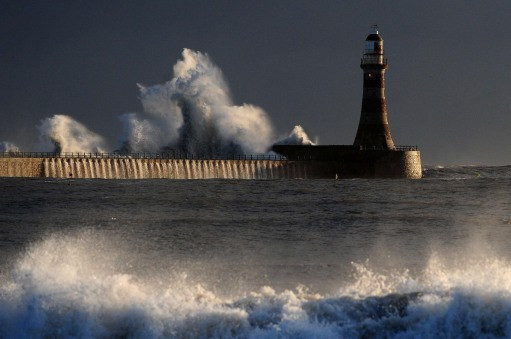Arctic Ice Melting, Ozone layer Depleting

Research carried out by Nasa in the Arctic Ocean has revealed the adverse effects of large-scale melting of ice that is depleting the ozone layer.
Researchers found that the ice formation taking place in the Arctic region is seasonal and that unlike the ice usually found in the region, it is thinner and saltier. The formation has given rise to the release of bromine. The chemical reaction taking place when bromine comes in contact with outside heat from the sun or cold temperature is a cause of worry, as it tends to capture the gaseous mercury from the atmosphere and cause, bromine explosions. The effect of the explosion contaminates all snow that falls on the surface, releasing pollutant mercury that forms deposits.
The study is slated to be published in the Journal of Geo-Physical Research-Atmosphere.
Bromine explosions were first observed by the research team in the Canadian Arctic over the Beaufort Sea.
Arctic ice melting has been a cause of concern for scientists studying the region but for many it appears to be an opportunity to exploit the melted Arctic region to explore business opportunities and trade routes. One of the discoveries also clarifies that bromine explosions are possible in the lowest layer or the troposphere, as it failed to affect the interiors of Alaska rising to the height of mountains at 6,500 ft high, confirming bromine explosions were only possible in the lowest layer of the atmosphere.
In March 2007 it was noted that perennial ice was at the lowest in fifty years. Researchers believe ice that covered the Arctic and which melted through time was as big as Texas and Arizona combined.
Read more...
© Copyright IBTimes 2025. All rights reserved.





















